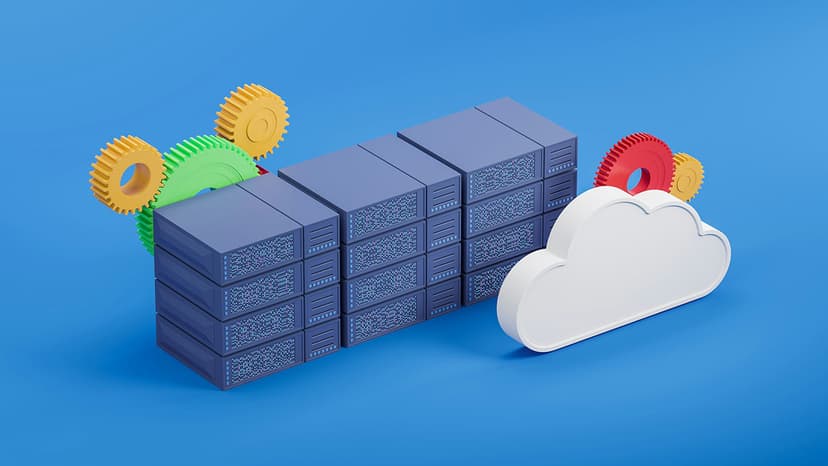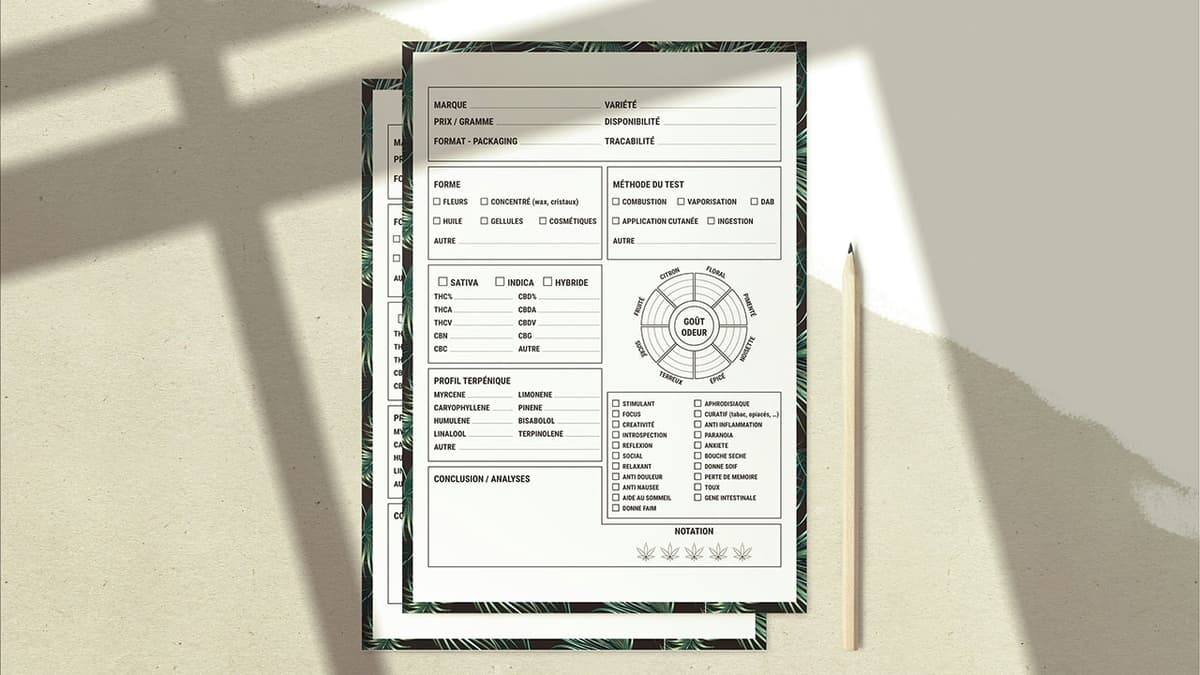Understanding the MIT License
When you're navigating the digital world, especially the realms of software development and open-source projects, you'll likely bump into different types of licenses. Among them, one that stands out for its simplicity and openness is the MIT License. This particular license is a favorite in the software community due to its permissive nature. In this article, I'll walk you through what the MIT License is, its features, and its origin story without dipping too deep into legal jargon.
The Essence of the MIT License
At its core, the MIT License is one of the most straightforward and liberal licenses used for software. It allows users to do pretty much anything they want with the code under one main condition: all copies of the software, modified, or unmodified, must include the original copyright and license notice.
This means that if you're a developer and come across a piece of code under the MIT License, you can freely use, modify, share, and even sell it if you wish. There's no need to open-source your own code or attribute the original author in your product's interface, for example. The need for acknowledgment is limited to the code documentation or the license copy that comes with the source code.
Notable Features of the MIT License
Simplicity: Compared to other open-source licenses, the MIT License is concise and clear. The entire license can fit on a single page, which is rare and valuable when it comes to legal documents.
Permissiveness: The license imposes very few restrictions on what you can do with the software. This includes commercial use, modification, distribution, private use, and sublicensing.
Compatibility: One of the most significant advantages of the MIT License is that it's compatible with many other licenses. This means that MIT-licensed software can often be combined with other software without worrying about license conflicts.
The Origins of the MIT License
Now, here's a little snippet of history for you: the MIT License was not invented by MIT themselves. It is named after the Massachusetts Institute of Technology (MIT), where the license was born, and it originated from the MIT/X Consortium License. The X Consortium was a group that was formed to oversee the development of the X Window System, an important piece of software that forms the basis for many graphical user interfaces on Unix systems.
The MIT License is based on principles of academic freedom and the spreading of knowledge through open exchange. Just as researchers and scholars publish papers to contribute to the pool of human knowledge, software developers share their code with the world to benefit others and invite collaboration and innovation.
The MIT License in the Wild
Today, thousands of projects use the MIT License. Big names like jQuery, Ruby on Rails, and Node.js all put their trust in this license to govern the use of their software. For instance, if you've ever used GitHub, you've likely seen numerous projects under the MIT License. It's GitHub's default choice when you initialize a new repository and select a license.
Many companies also prefer the MIT License because it is business-friendly. It helps mitigate legal risks by providing an explicit grant of software rights and removes the burden of copyleft licenses, which require derivative works to also be open-source.
The MIT License represents freedom and ease in the software licensing world. It's a testament to the ethos of sharing and collaboration that many software developers uphold. The license's minimalistic approach puts very few barriers in the way of innovation, making it an engaging and empowering tool for developers worldwide.
True to the spirit of the license itself, this article aims to spread knowledge—sharing with you the cornerstone of software freedom that the MIT License stands for. Its simple structure, combined with the promise of lawful freedom it offers, continues to play a significant role in the richness of our modern digital infrastructure. Whether you're a fresh-eyed newbie or a seasoned code wrangler, the chances are that the MIT License will be a part of your toolkit as you build, share, and reshape the digital landscape.
And that's it! Now, you're a bit more informed about one of the pillars of open-source software. Go ahead and share this new knowledge with your fellow cyberspace travelers!












